-
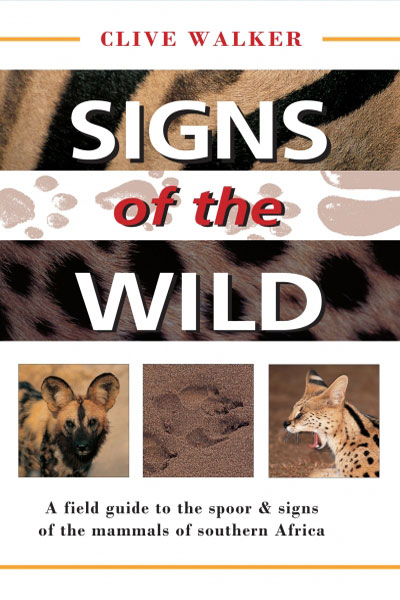 This compact field guide to the identification of Southern African mammals based on their spoor, droppings and skulls has been accepted as the standard work on the subject. This edition offers up-to-date information on identification through signs. This edition provides new illustrations for several species. It also features illustrations of skulls for all the carnivores.
This compact field guide to the identification of Southern African mammals based on their spoor, droppings and skulls has been accepted as the standard work on the subject. This edition offers up-to-date information on identification through signs. This edition provides new illustrations for several species. It also features illustrations of skulls for all the carnivores. -
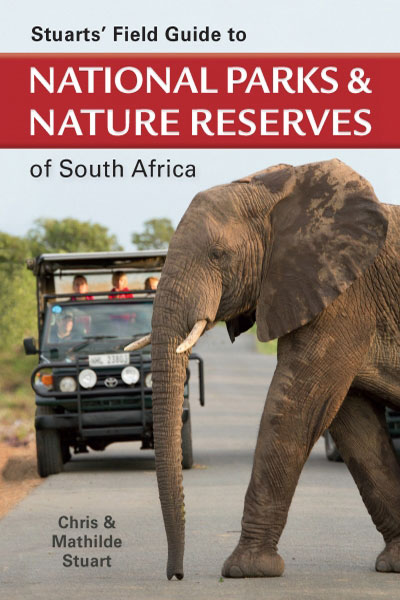 This book is a unique and indispensable guide to the hidden treasures of 43 of South Africa's best and most accessible national parks, nature reserves and wilderness areas. Included are more than 900 photographs, 140 detailed park, locator, provincial and vegetation maps, and a 31-page photographic guide that aids identification of wildlife and vegetation. Organised by province, the conservation areas are comprehensively described, covering history, location, landscape, geology, vegetation, and wildlife.
This book is a unique and indispensable guide to the hidden treasures of 43 of South Africa's best and most accessible national parks, nature reserves and wilderness areas. Included are more than 900 photographs, 140 detailed park, locator, provincial and vegetation maps, and a 31-page photographic guide that aids identification of wildlife and vegetation. Organised by province, the conservation areas are comprehensively described, covering history, location, landscape, geology, vegetation, and wildlife. -
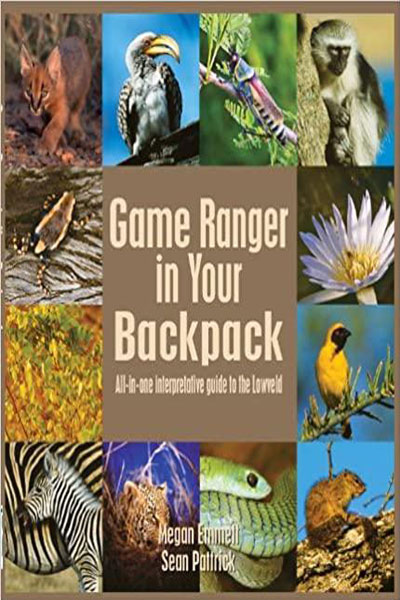 This guide is packed with practical, interpretative information on the most encountered animals and plants of the Lowveld - information that is usually only available if you have a game ranger or field guide by your side in the bush! It teaches people how to observe, identify and interpret what they see in the bush in a meaningful way, without having to wade through the reams of technical information found in most other field guides.
This guide is packed with practical, interpretative information on the most encountered animals and plants of the Lowveld - information that is usually only available if you have a game ranger or field guide by your side in the bush! It teaches people how to observe, identify and interpret what they see in the bush in a meaningful way, without having to wade through the reams of technical information found in most other field guides. -
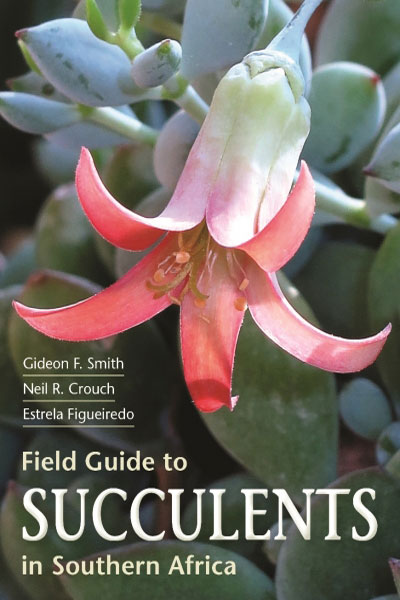 This user-friendly, richly illustrated field guide features more than 700 southern African succulents, focusing on the most interesting and commonly encountered species. An introduction to families and their key features will help readers identify the relevant plant group, while concise accounts describing the plants’ diagnostic features, along with distribution maps, will enable quick ID of species.
This user-friendly, richly illustrated field guide features more than 700 southern African succulents, focusing on the most interesting and commonly encountered species. An introduction to families and their key features will help readers identify the relevant plant group, while concise accounts describing the plants’ diagnostic features, along with distribution maps, will enable quick ID of species. -
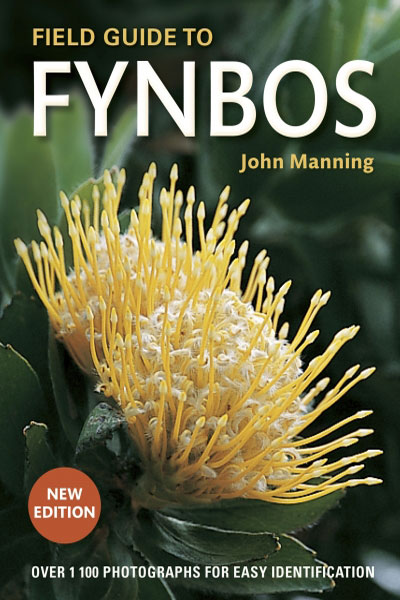 Field Guide to Fynbos features over 1,000 species from the Cape Floristic Region – home to one of the world’s richest floras. This fully updated edition focuses on the most common and ‘showy’ plants. An introduction unpacks the world of fynbos – including origins, diversity, climate, and adaptations and is followed by a photographic key and descriptions of the fynbos families. Species descriptions are accompanied by photographs, distribution maps, comparisons with similar species, and notes on traditional uses.
Field Guide to Fynbos features over 1,000 species from the Cape Floristic Region – home to one of the world’s richest floras. This fully updated edition focuses on the most common and ‘showy’ plants. An introduction unpacks the world of fynbos – including origins, diversity, climate, and adaptations and is followed by a photographic key and descriptions of the fynbos families. Species descriptions are accompanied by photographs, distribution maps, comparisons with similar species, and notes on traditional uses. -
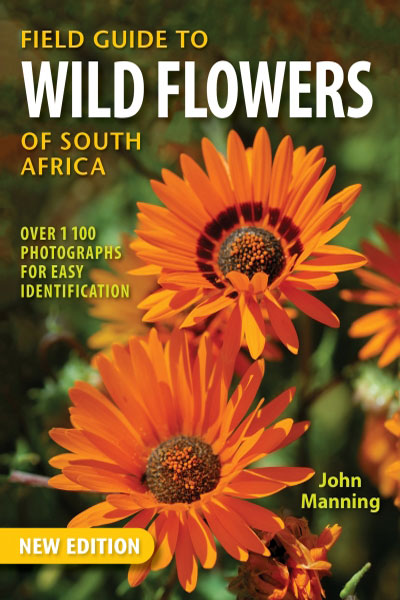 This fully updated edition of Field Guide to Wildflowers of South Africa covers more than 1,100 species of ore, focusing on the most common, conspicuous, and showy plants around the region. An informative introduction discusses plant diversity, vegetation types, and includes a key to identifying plant groups. The species descriptions follow, and each is accompanied by: a vivid photograph; a distribution map showing range, and an indication of the plant.
This fully updated edition of Field Guide to Wildflowers of South Africa covers more than 1,100 species of ore, focusing on the most common, conspicuous, and showy plants around the region. An informative introduction discusses plant diversity, vegetation types, and includes a key to identifying plant groups. The species descriptions follow, and each is accompanied by: a vivid photograph; a distribution map showing range, and an indication of the plant. -
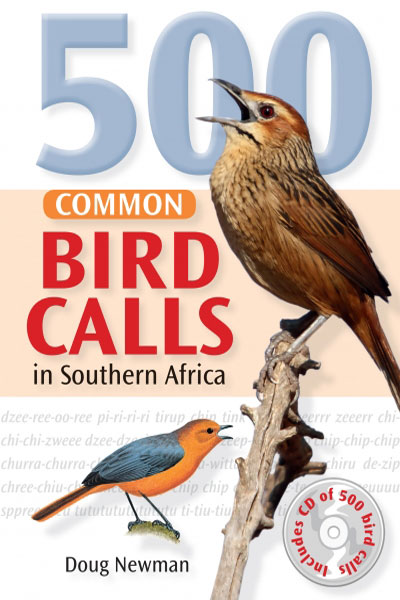 Identify bird calls with this handy guide and CD, which together feature 500 distinctive southern African species. The CD gives the best-known song or call of each species; the book provides clear and accessible text, with a brief account for each species, including a description of the song, associated behaviour, similar-sounding species, the bird’s favoured habitat type, and a distribution map
Identify bird calls with this handy guide and CD, which together feature 500 distinctive southern African species. The CD gives the best-known song or call of each species; the book provides clear and accessible text, with a brief account for each species, including a description of the song, associated behaviour, similar-sounding species, the bird’s favoured habitat type, and a distribution map -
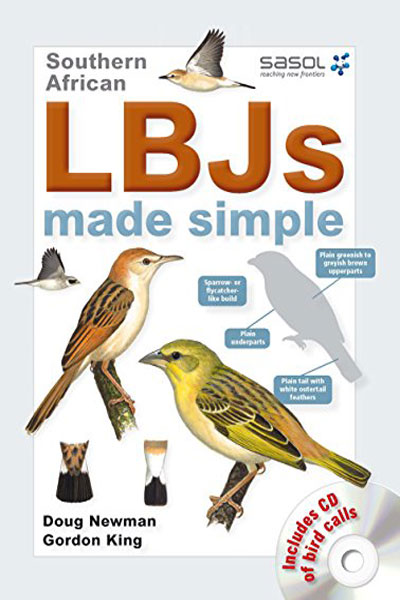 LBJs Made Simple" is an important new guide to the cryptic little birds that are universally known as 'little brown jobs'. Using colour coding and careful design, the reader I systematically guided through the initial sorting stages: from family group, to 'visual group' within the family, and finally to the species.
LBJs Made Simple" is an important new guide to the cryptic little birds that are universally known as 'little brown jobs'. Using colour coding and careful design, the reader I systematically guided through the initial sorting stages: from family group, to 'visual group' within the family, and finally to the species. -
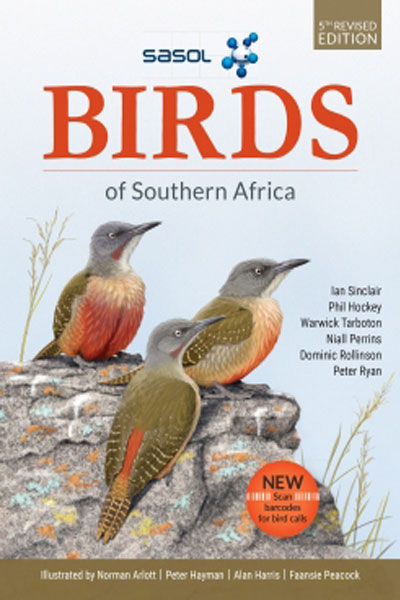 Sasol birds of Southern Africa remains the region's most comprehensively illustrated and trusted field guide. This fourth edition has been greatly improved by the addition of group introductions, calendar bars showing species' occurrence and breeding periods, a section on 'how to use this book', as well as sonograms depicting the calls of tricky bird groups.
Sasol birds of Southern Africa remains the region's most comprehensively illustrated and trusted field guide. This fourth edition has been greatly improved by the addition of group introductions, calendar bars showing species' occurrence and breeding periods, a section on 'how to use this book', as well as sonograms depicting the calls of tricky bird groups. -
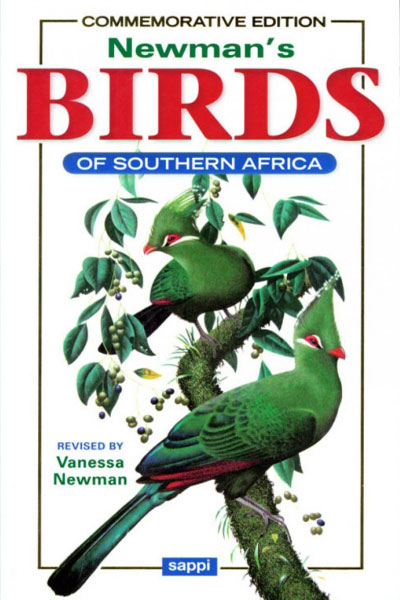 This commemorative tenth edition celebrates the contribution of the late author, Kenneth Newman, fully revised and updated by his daughter, Vanessa Newman, to reflect the latest research, taxonomy, and common names. Newman's Birds of Southern Africa, a leading field guide in the region, illustrates and fully describes all the birds recorded from the Antarctic to the Zambezi River.
This commemorative tenth edition celebrates the contribution of the late author, Kenneth Newman, fully revised and updated by his daughter, Vanessa Newman, to reflect the latest research, taxonomy, and common names. Newman's Birds of Southern Africa, a leading field guide in the region, illustrates and fully describes all the birds recorded from the Antarctic to the Zambezi River. -
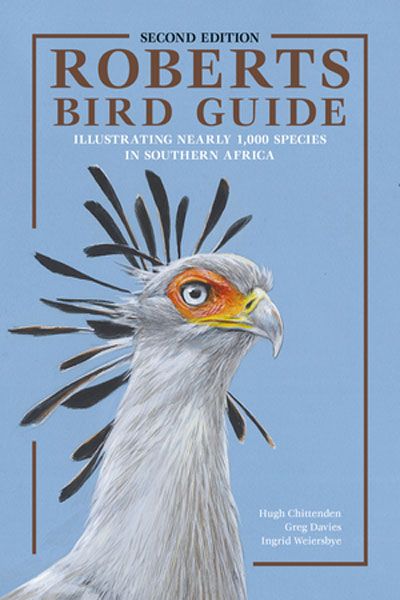 Covering nearly 1,000 species found in southern Africa (south of the Cunene and Zambezi rivers), this 570-page revised edition of Roberts Bird Guide features stunning new artwork detailing seasonal, age and sexual differences in approximately 240 annotated colour plates ...
Covering nearly 1,000 species found in southern Africa (south of the Cunene and Zambezi rivers), this 570-page revised edition of Roberts Bird Guide features stunning new artwork detailing seasonal, age and sexual differences in approximately 240 annotated colour plates ... -
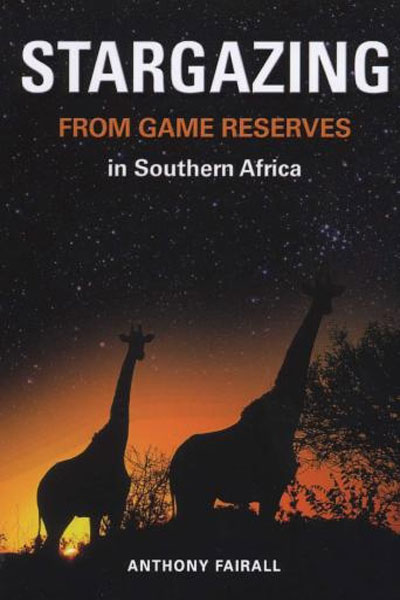 Stargazing from game reserves in Southern Africa offers visitors to game and nature parks an exciting night-time activity in the bush, giving them an opportunity to turn their binoculars skyward after dark.
Stargazing from game reserves in Southern Africa offers visitors to game and nature parks an exciting night-time activity in the bush, giving them an opportunity to turn their binoculars skyward after dark. -
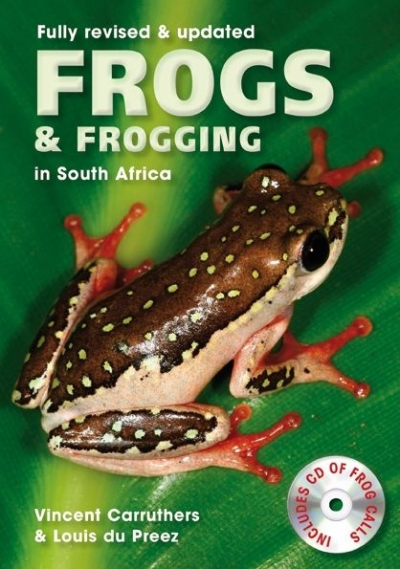 Frogs & Frogging in South Africa offers amateur froggers an accessible and practical introduction to frog identification. This edition of the highly popular guide has been expertly revised and fully updated to reflect the latest advances in taxonomy and nomenclature.
Frogs & Frogging in South Africa offers amateur froggers an accessible and practical introduction to frog identification. This edition of the highly popular guide has been expertly revised and fully updated to reflect the latest advances in taxonomy and nomenclature. -
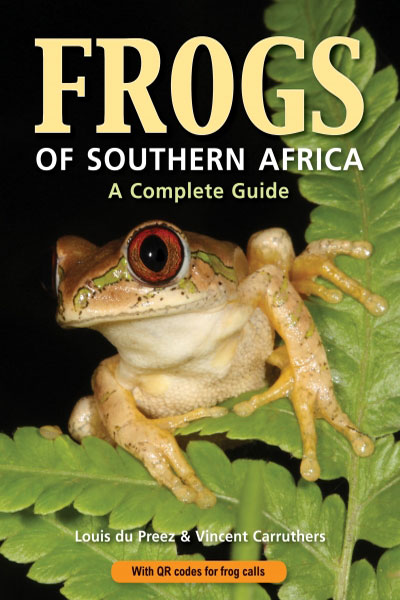 This new edition (with a slight name change) has been thoroughly updated to reflect taxonomic changes based on the most recent research and DNA studies and includes 12 new species and more than 130 new images. All 169 southern African frog species, and their tadpole stages, are fully described, along with their conservation status, calls, habitat, and habits.
This new edition (with a slight name change) has been thoroughly updated to reflect taxonomic changes based on the most recent research and DNA studies and includes 12 new species and more than 130 new images. All 169 southern African frog species, and their tadpole stages, are fully described, along with their conservation status, calls, habitat, and habits.

